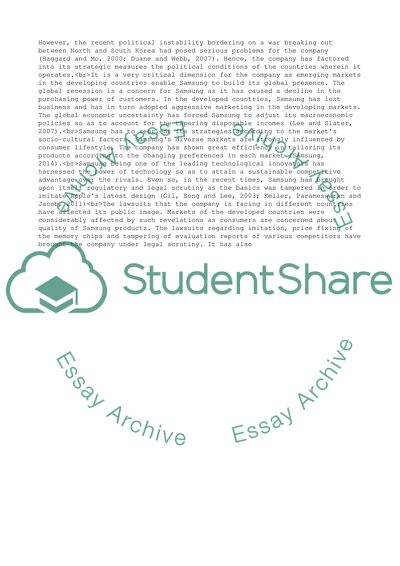Cite this document
(Strategic Management Assignment Example | Topics and Well Written Essays - 1500 words - 3, n.d.)
Strategic Management Assignment Example | Topics and Well Written Essays - 1500 words - 3. https://studentshare.org/management/1836634-strategic-management
Strategic Management Assignment Example | Topics and Well Written Essays - 1500 words - 3. https://studentshare.org/management/1836634-strategic-management
(Strategic Management Assignment Example | Topics and Well Written Essays - 1500 Words - 3)
Strategic Management Assignment Example | Topics and Well Written Essays - 1500 Words - 3. https://studentshare.org/management/1836634-strategic-management.
Strategic Management Assignment Example | Topics and Well Written Essays - 1500 Words - 3. https://studentshare.org/management/1836634-strategic-management.
“Strategic Management Assignment Example | Topics and Well Written Essays - 1500 Words - 3”. https://studentshare.org/management/1836634-strategic-management.


